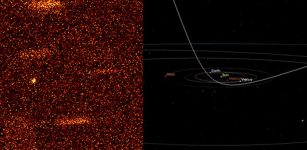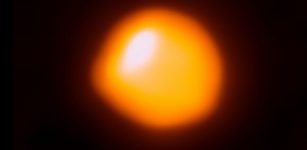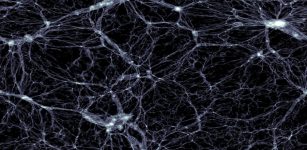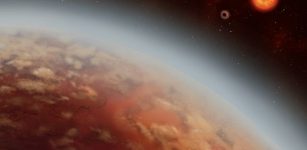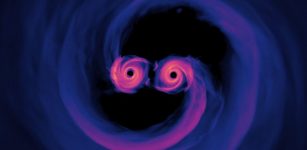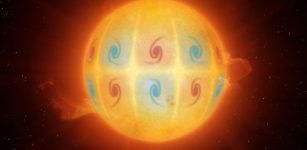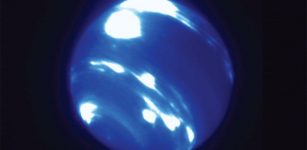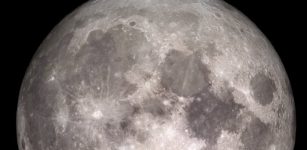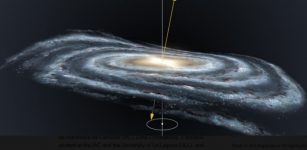Sophisticated Algorithm Will Identify Jupiter’s And Saturn’s Twins
Eddie Gonzales Jr. – MessageToEagle.com – A new tool – a machine learning algorithm – will help astronomers in their search for extraterrestrial life, by identifying stars hosting planets similar to Jupiter and Saturn.
These giant planets’ faraway twins may protect life in other solar systems, but they aren’t bright enough to be viewed directly. Scientists find them based on properties they can observe in the stars they orbit.
 Artist’s impression of planets around stars in the Milky Way. (ESO/M. Kornmesser)
Artist’s impression of planets around stars in the Milky Way. (ESO/M. Kornmesser)
The challenge for planet hunters is that in our galaxy alone, there are roughly 200 billion stars.
The algorithm uses information about the chemical composition of stars to predict whether it is surrounded by planets, and the designer is Natalie Hinkel, at Southwest Research Institute, who already discovered three stars with strong evidence of harboring giant, Jupiter-like planets about 100 light years away.
“Searching for planets can be a long and tedious process given the sheer volume of stars we could search,” Stephen Kane, UCR associate professor of planetary astrophysics, said in a press release. “Eliminating stars unlikely to have planets and pre-selecting those that might will save a ton of time.”
Scientists can use spectroscopy, or the way light interacts with atoms in a star’s upper layers, to measure the elements inside of it such as carbon, iron, and oxygen. These elements are key ingredients in making planets, since stars and planets are made at the same time and from the same materials.
To train and test the algorithm, Hinkel fed it a publicly available database of stars that she developed. The database has allowed the algorithm to look at the elements that make up more than 4,200 stars and assess their likelihood of hosting planets.
In addition, Hinkel looked at different combinations of those ingredients to see how they influenced the algorithm. “We found that the most influential elements in predicting planet-hosting stars are carbon, oxygen, iron and sodium,” Hinkel said.
The team used the algorithm specifically to help them identify giant planets like Jupiter that are hard to find because they are farther from their host stars. Distant giant planets like these are likely to protect the Earth-like rocky planets near them, and any life they could be home to.
Written by Eddie Gonzales Jr. – MessageToEagle.com Staff

